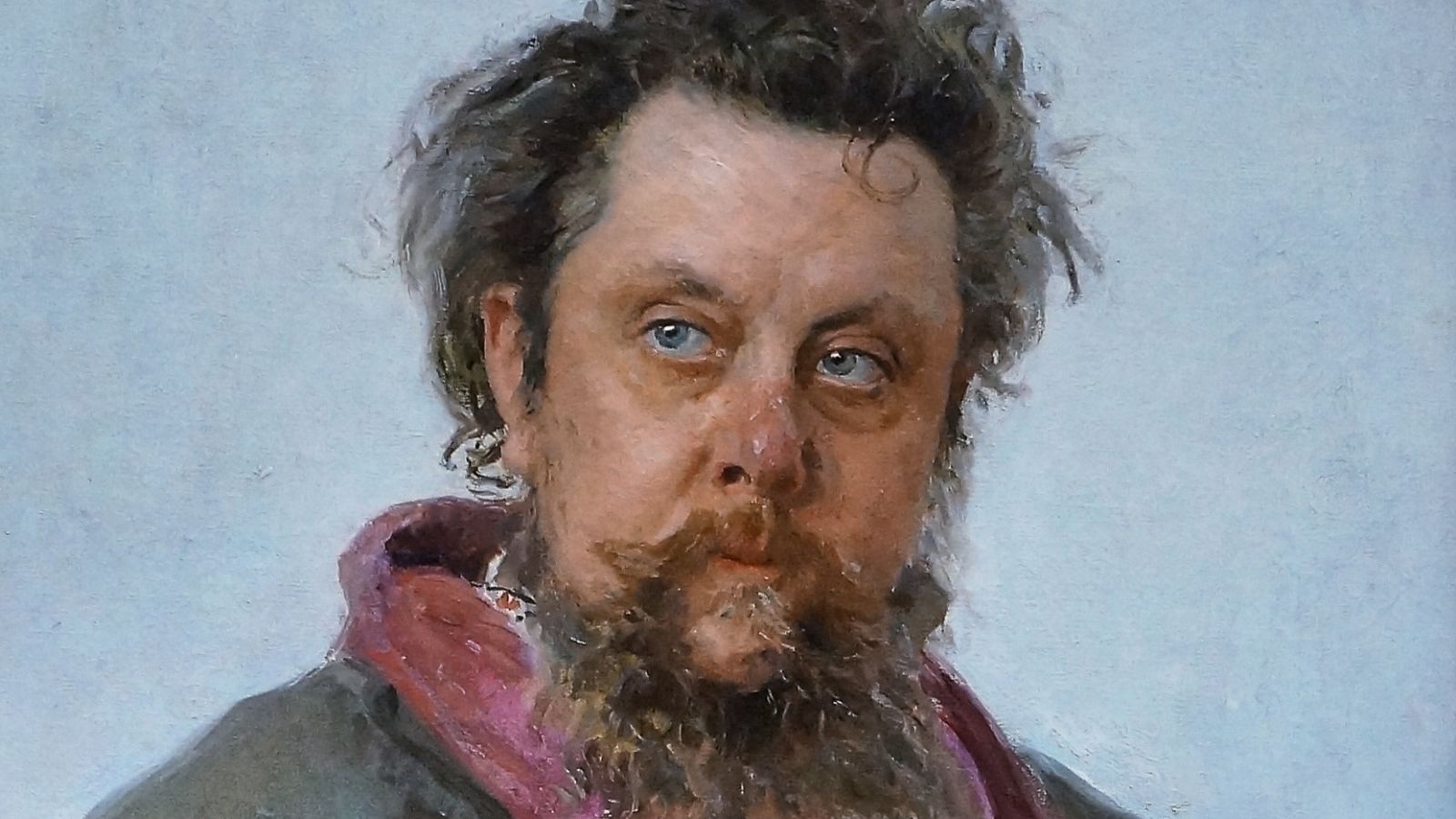
Fascinating facts about Modest Mussorgsky
Modest Mussorgsky, a prominent Russian composer of the 19th century, left an indelible mark on the world of classical music. Known for his innovative and[…]

Mussorgsky: Unraveling the Genius Behind the Music
In the rich tapestry of classical music history, there are certain individuals whose talents transcend time, leaving an indelible mark on the world of composition.[…]

Mussorgsky – Pictures at an Exhibition – Music | History
Mussorgsky – Pictures at an Exhibition Pictures at an Exhibition ( A Remembrance of Viktor Hartmann’, French: Tableaux d’une exposition) is a suite of ten pieces[…]

The Best of Mussorgsky
Modest Petrovich Mussorgsky (21 March [O.S. 9 March] 1839 – 28 March [O.S. 16 March] 1881) was a Russian composer, one of the group known[…]